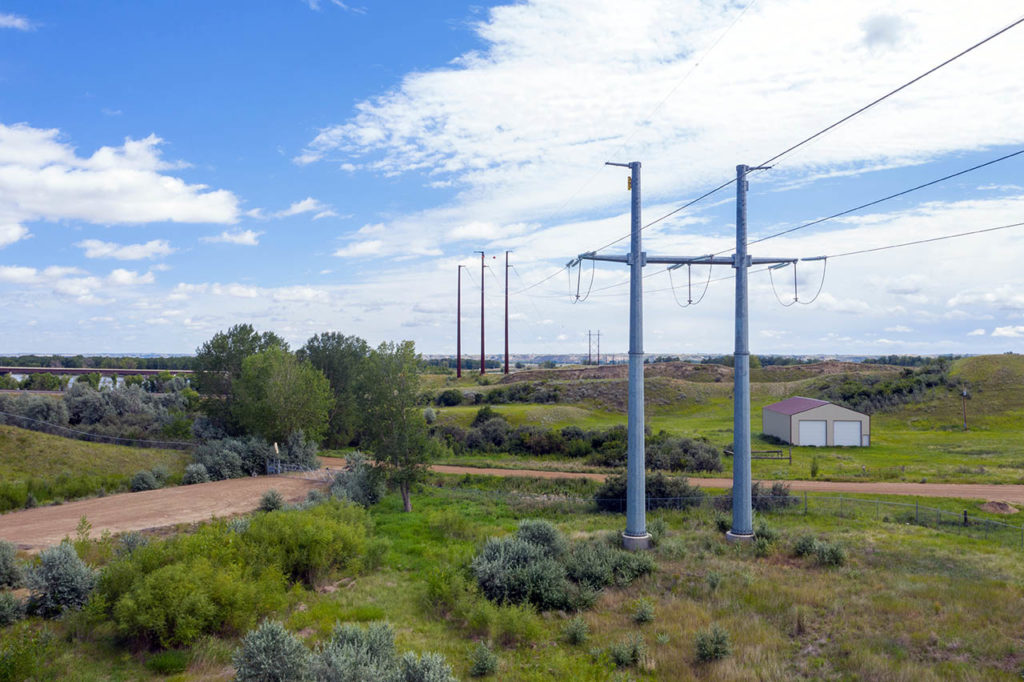
An executive representing generation and transmission cooperative interests is urging Congress to help clear bureaucratic and legal barriers that add burdensome delays and increase costs for transmission projects connecting population centers to new sources of renewable energy.
“There is tremendous opportunity to utilize federal lands for both generating renewable electricity, and moving that electricity to load centers,” said Pius Fischer, Basin Electric Power Cooperative’s vice president of transmission, during Tuesday’s virtual hearing of the House Natural Resources Subcommittee on Energy and Mineral Resources.
“We support the role that federal lands can play in expanding the deployment of renewable energy,” Fischer said. “If beneficial electrification is the goal, driving up the cost of electricity due to increased time and costs for transmission is self-defeating.”
Fischer cited Basin’s deployment and operation of 2,500 miles of high voltage transmission and its 1,800 megawatts of owned or contracted wind power as evidence of its support for renewable energy and noted that the G&T now has approximately 300 MW of solar generation under development. He added that systemic challenges complicating transmission design and deployment could be resolved by Congress.
“The federal government should approach transmission development with a coordinated interagency approach,” Fischer said, after recounting the three years it took for Basin Electric to complete the environmental impact statement needed for an essential transmission project serving oil and gas fields in the Bakken Formation.
Fischer said meeting National Environmental Policy Act requirements can take years, in contrast with state siting requirements that can be met in a matter of four to six months. He also cited Basin’s experience with permitting challenges brought under the Endangered Species Act and the Migratory Bird Treaty Act as factors complicating vital transmission projects.
“The additional time and cost of constructing transmission on federal lands becomes a measure of last resort for electric utilities and transmission developers,” he said.
Fischer offered the committee several recommendations to minimize barriers to linking renewables with energy-hungry population centers:
- Provide clear guidance and analysis timeframes for NEPA compliance and encourage the use of categorical exclusions for projects with minimal impact.
- Provide regulatory protections for utilities engaging in lawful activities, such as power transmission for bird strikes subject to endangered species or migratory bird regulations.
- Ensure that the costs of transmission development are borne by users commensurate to the benefits from development of renewable energy projects and the transmission connecting the projects to those areas.
Derrill Holly is a staff writer for NRECA.